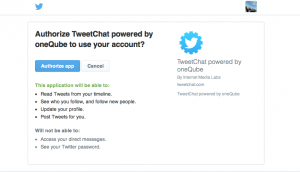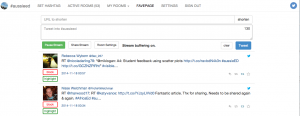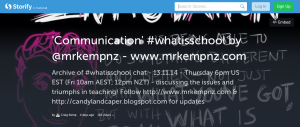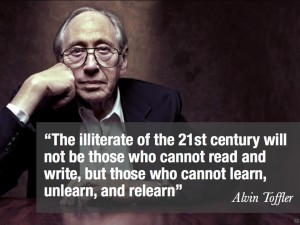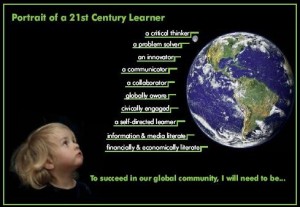Over the last 6 months or so my twitter feed has been pirated – don’t panic – I don’t mean by hackers – I’m 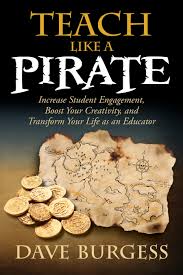 talking about Teach Like a Pirate (#tlap) – pirated. Almost every other day there is a tweet chat discussing #tlap -the book, the pirate, the pirate’s wife, the energy, the passion, the adventure into unchartered waters, the educators who follow, who model, who teach with a renewed vigour, a re-kindled flame, a spark, even an eye patch, a pirate hat and a full pirate outfit! Classrooms are being re-decorated, students running to class not wanting to miss anything, enthusiastic and ready to learn, eagerly willing the next lesson that cannot come quick enough! The sub title of the book reads “Increase Student Engagement, Boost Your Creativity, and Transform Your Life an as Educator” and guess what? It actually has! One only has to visit any of these twitter hashtags to get the picture – #tlap, #bfctlap, #sstlap. There are also a few book reviews happening including one of my favourites run by #aussieED #bookclubED.
talking about Teach Like a Pirate (#tlap) – pirated. Almost every other day there is a tweet chat discussing #tlap -the book, the pirate, the pirate’s wife, the energy, the passion, the adventure into unchartered waters, the educators who follow, who model, who teach with a renewed vigour, a re-kindled flame, a spark, even an eye patch, a pirate hat and a full pirate outfit! Classrooms are being re-decorated, students running to class not wanting to miss anything, enthusiastic and ready to learn, eagerly willing the next lesson that cannot come quick enough! The sub title of the book reads “Increase Student Engagement, Boost Your Creativity, and Transform Your Life an as Educator” and guess what? It actually has! One only has to visit any of these twitter hashtags to get the picture – #tlap, #bfctlap, #sstlap. There are also a few book reviews happening including one of my favourites run by #aussieED #bookclubED.
It was only yesterday that I was on chat about the book that I happen to ask my PLN (twitter talk for Personal Learning Network) whether I could use #tlap motivations and ideas for my PhD and so that was when I decided to ‘Pimp my PhD’. I spent most of the night thinking about it – lucky it was too hot and humid to sleep – and this morning here I am – in words from the Pirate himself “bringing it”!
Here’s what I think…
Passion – “We are not passionate about everything we teach” (p. 3).
I’m definitely passionate about my area of research – special needs – it comes from deep within and is a personal experience of mine from my early years at school. You can read about it here. I so want to make a difference to the experiences of these kids in schools, especially for those who are not funded and those who come to school with a feeling of self-doubt and a nagging pit in their stomach – actually that’s probably most kids. We as educators really need to know our students – I don’t mean know them by name or what they look like but really know them – what they like, don’t like, how they learn, why they learn – to me teaching is not about delivering content – it’s about relationships – get this right and the rest will fall into place.
Immersion – “An instructor who is fully immersed in the moment has a special type of intensity that resonates with great power in the classroom, regardless of the activity” (p. 16).
I have to say that I could be way more immersed in my study – no that’s not true, I mean more immersed on a more consistent basis. You see I’m easily distracted – now I hear you laughing out loud – especially those of you who know me well. Actually, just a minute – I feel a distraction coming on now….
Rapport – “If you’re paying attention to what excites them, you can connect with them almost instantly” (p. 20).
In my experience, there are many classrooms where excitement is scarce and it becomes all about getting though the content, or preparing for the test. As part of my research I have been investigating the idea of action research. Just the thought of doing it gets me really excited. I love active participation, intervention. In fact my whole teaching career has been about just that – how can I intervene so that the best learning can happen? I think this is one of the areas I would really like to investigate further. My initial idea centres around intervention. I’d really like to test my theories about lack of communication and collaboration, scarcity of appropriate PD for BOTH teachers and teacher aides (learning assistants) to attend together and a lack of consistency in appointing same aides with teachers are at times impacting on the learning of special needs students. I’ve been cautioned against this due to a vested interest in the success of the invention but I really feel that I could contribute to the body of knowledge with my study. And isn’t this what research is all about?
Ask and Analyse – “The ability to manipulate questions to make them even more effective is crucial…” (p. 35)
Actually I have already taken steps to ask about the possibility of incorporating action research. Now I just have to begin analysing why, how, what, where and when. I have already been challenged a number of times about my initial research questions – you see these are the core motivators. If I can get these nailed then I truly believe things will fall into place. What is it I would really like to investigate? Is there room for ‘creativity’ in academics? I know the answer is YES but sometimes I wonder…everything always seems so serious…
Transformation – “If you feel your message is important, and I do, it is worth the effort to go to any lengths to make sure it is successfully delivered” (p. 56).
Well, if the above quote doesn’t say it all for a study then it’s best I just put it away and get on with something else. Rest assured I’ll be breaking some rules about research AND I’ll be having fun on the way, along, no doubt, with many disappointments, frustrations, failures and the like. I am realistic as well as optimistic.
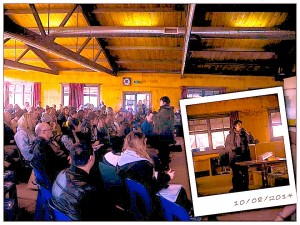 Enthusiasm – “I pride myself on flat out bringing it whether I’m teaching a class of students or leading a seminar for teachers” (p. 66).
Enthusiasm – “I pride myself on flat out bringing it whether I’m teaching a class of students or leading a seminar for teachers” (p. 66).
Me too! And I’ll also add that I would bring it to anything else I’m doing!
So…“The way to get started is to quit talking and begin doing” – Walt Disney Company.
Thanks for reading 🙂



